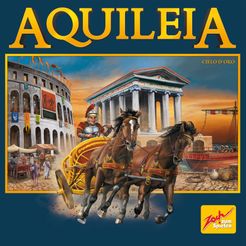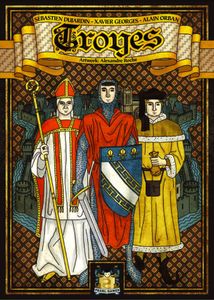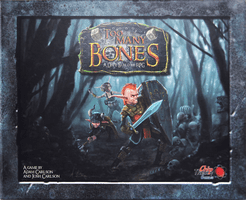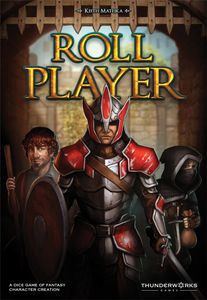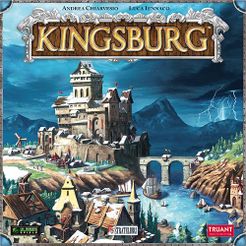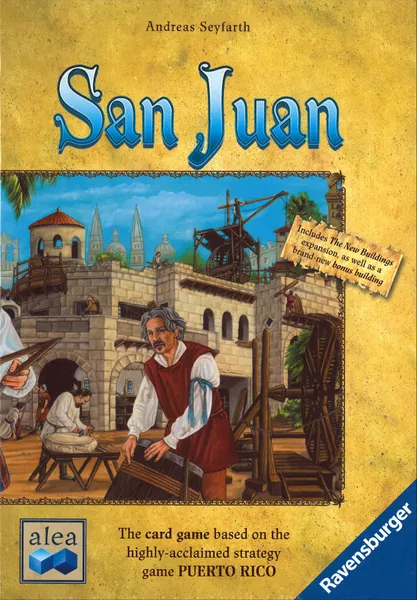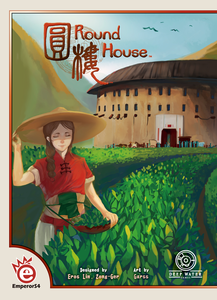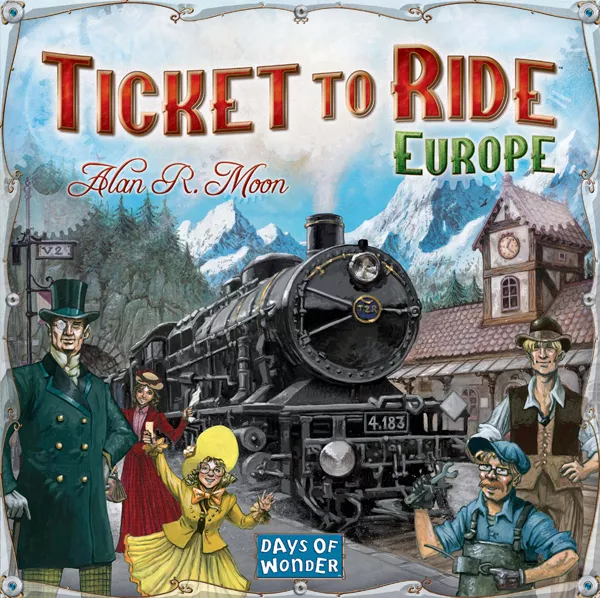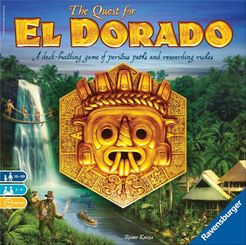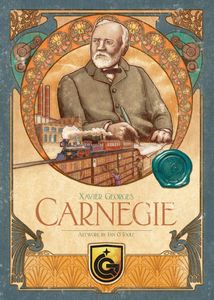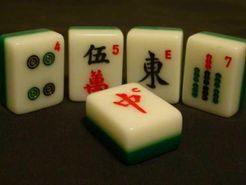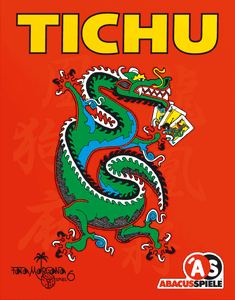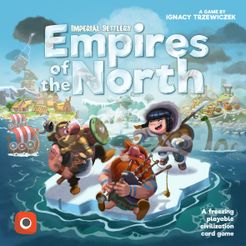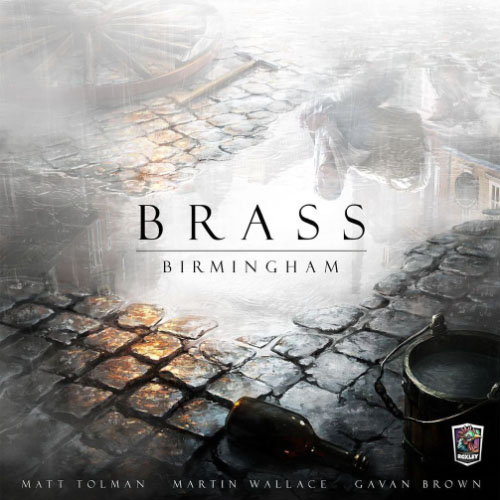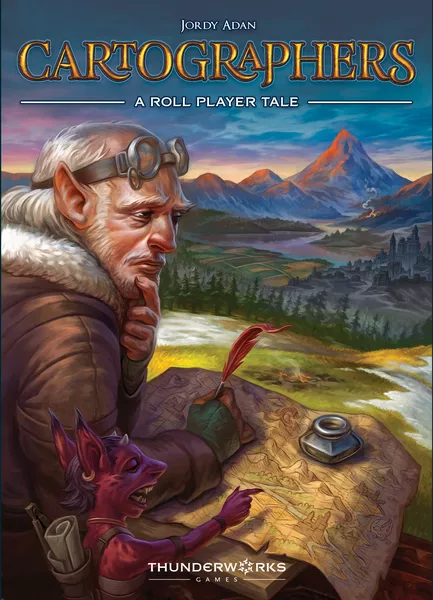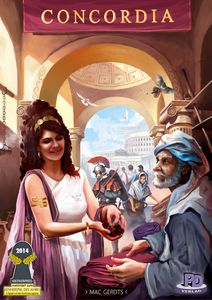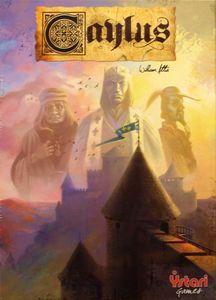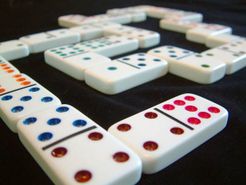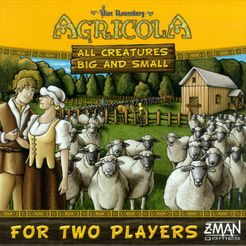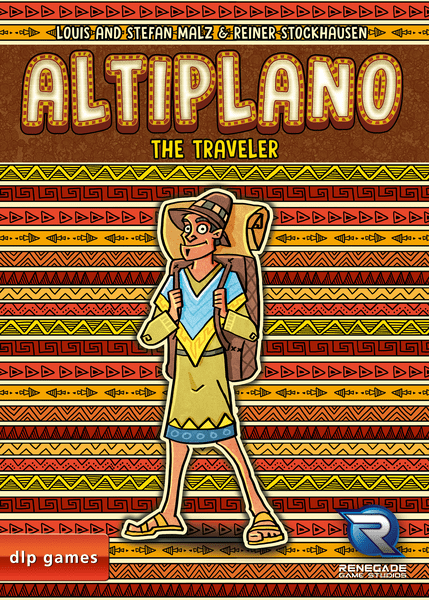Aquileia (2011)
- Giới Thiệu
- Hướng Dẫn
- Video
- Chơi Ngay
- Giải Thưởng
- Đánh Giá & Bình Luận
Aquileia, the second most important city of the Roman Empire, had been originally founded as an outpost against the Barbarian invaders. From its military origin comes the peculiar quadrilateral structure divided by the main streets. Later, the city developed to become an important political and cultural center and a prosperous trading city, especially for precious goods, thanks to its convenient and efficient river port. Important monuments such as the Gladiator Arena, the horse-racing Stadium, and the famous theater were built, as well as craftsmen's workshops, patrician villas which completed the architectural network of the city.
In Aquileia, players want to become the most powerful figure in the city by trading and building. Each player, representing a wealthy Aquileian patrician, owns a certain number of henchmen (pawns) which he uses for these main activities: sports playing, culture, trading, and building. Each activity can bring expenses, earnings and sometimes victory points (VPs).
Each round begins with a placement phase in which players take turns placing their henchmen on action spaces and their tiebreaker disc on the tiebreaker track. Placing the tiebreaker is mandatory; placing henchmen is not (but you probably want to place them). Once everyone has passed or placed all of their tokens, players resolve the action spaces in numerical order:
- The Mercatus allows players to buy weapons, arms and slave cards, collect money through a die roll, claim four blue dice for use with the Arena and Stadium, and trade one currency for another. (This is the only way to make change, and some actions require specific currencies; if you must pay bronze and have only silver and gold, then you cannot take that action!)
- At the Arena, players compare fighting strength, with that number determined by the starting strength on the action space claimed, the roll of three dice and the playing of slave and weapon cards. The winner gets three bronze coins and either double his strength in VPs or a slave card. The second and third best players receive lesser rewards.
- The Stadium is similar to the Arena, with the horse cards coming into play and the winner receiving gold or silver coins and his choice of two laurel cards; laurel cards deliver 3-10 VPs or are a multiplier for endgame scoring.
- The Theatrum brings a bid for a dual-colored laurel card, with players needing to ante and raise in particular currencies.
- In the Forum, players build villas and private banks, sometimes scoring points for doing so when they pay the specific costs with the proper coins.
- Finally, the Portus gives players a chance to activate their buildings, thereby earning them VPs or money.
After six rounds, the game ends and players score VPs for their hidden point cards and the product of their villas' values times laurel cards of a matching color. (For example, a total of 8 points of blue villas and three blue villa cards equals 24 points.) The player with the most victory points wins.
Video
Nơi mua Aquileia (2011)
*Chúng tôi có thể được hưởng hoa hồng khi bạn mua hàng qua liên kết của các nền tảng thương mại điện tử này.



